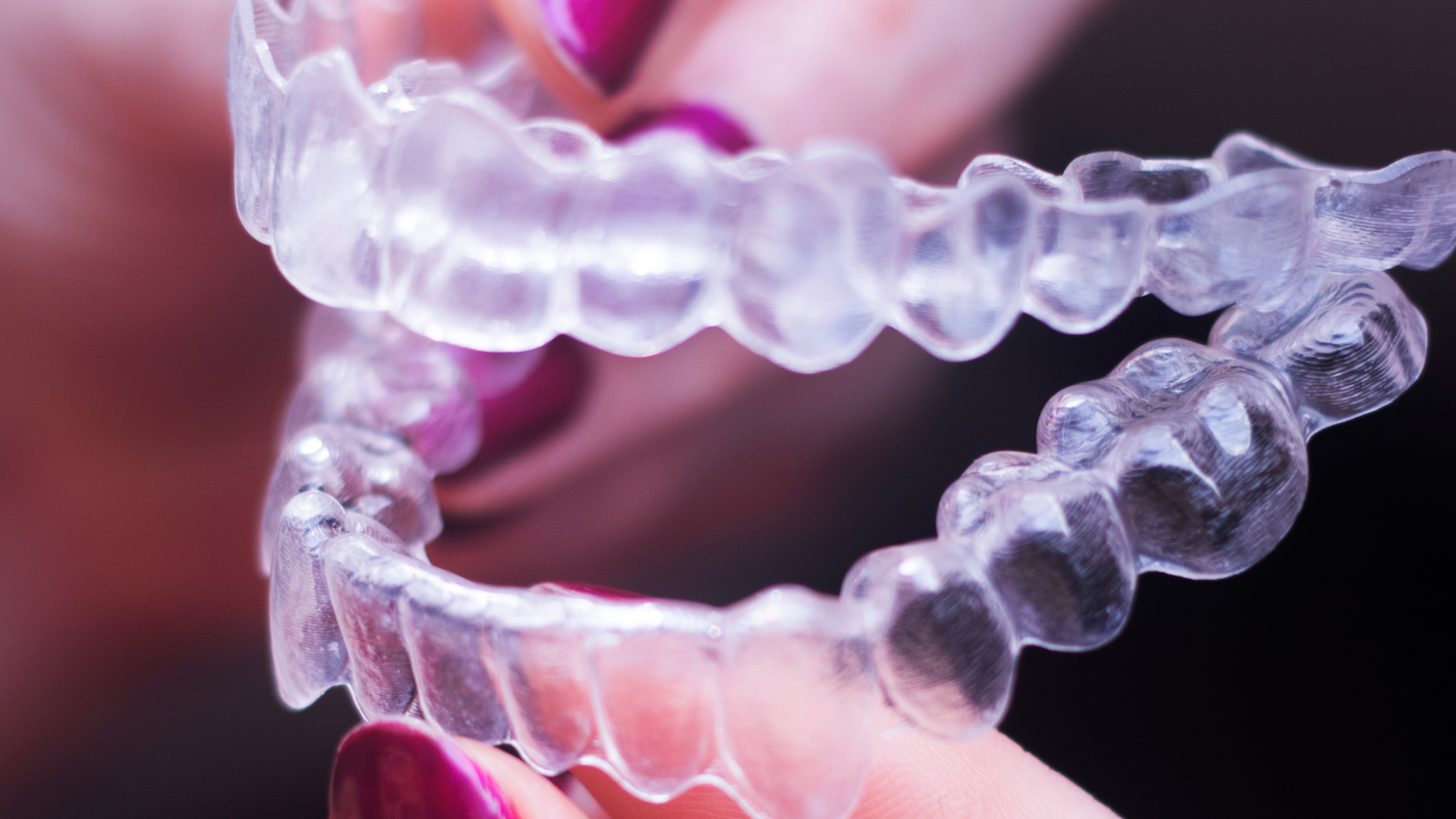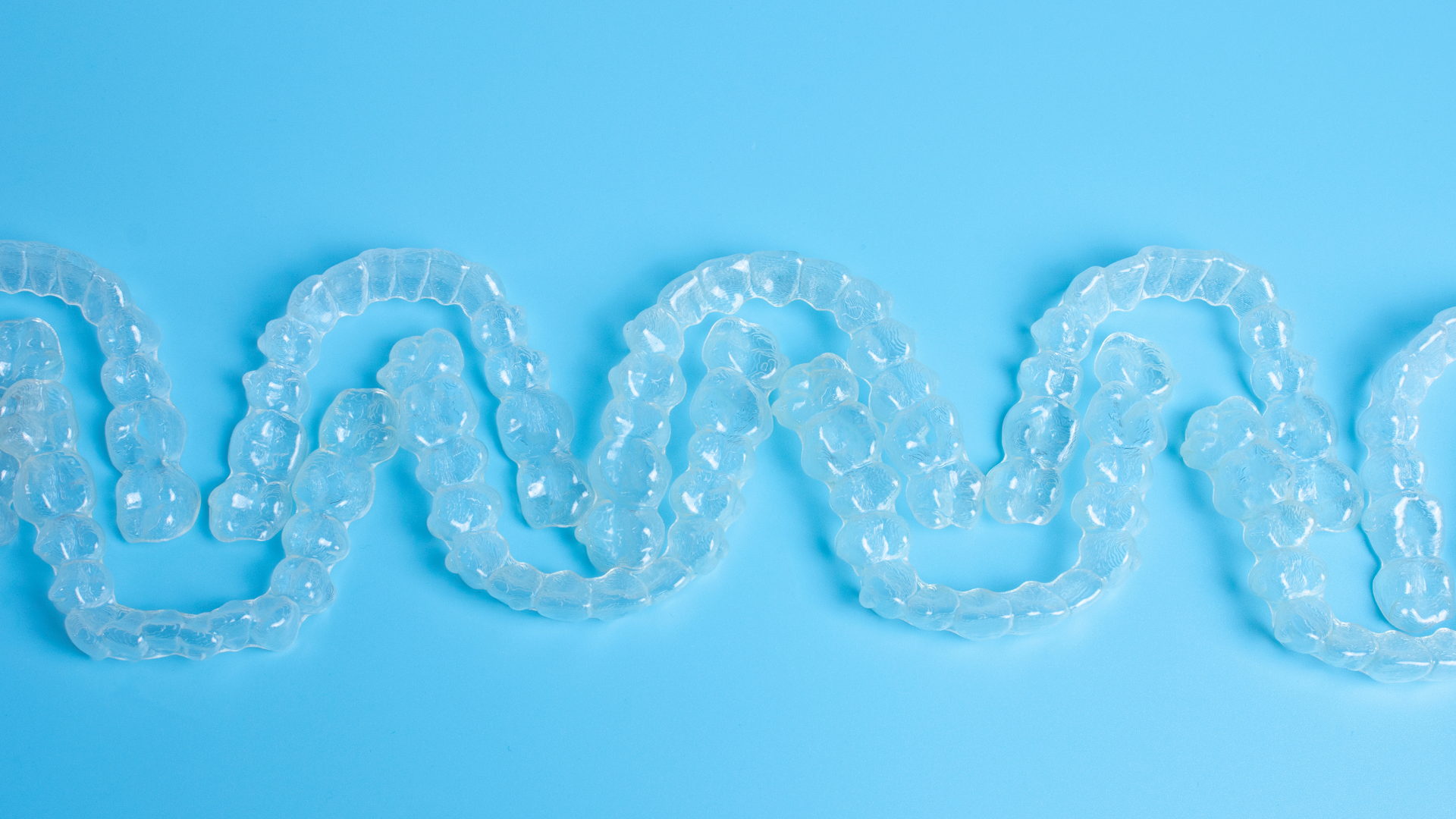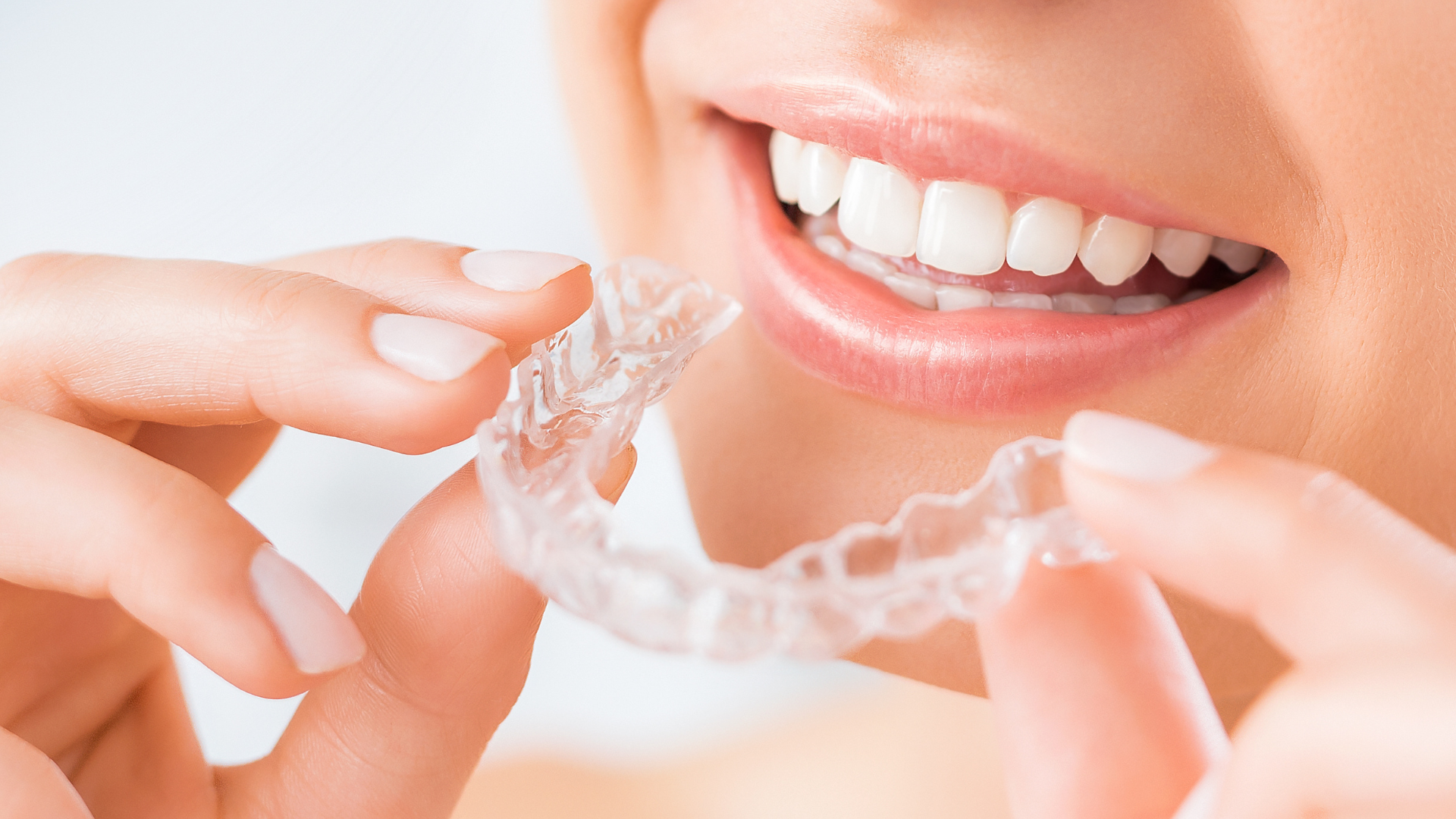Common Dental Emergencies and How to Handle Them
Navigating Dental Emergencies with Confidence
Dental emergencies can strike unexpectedly, causing discomfort and anxiety. Knowing how to respond promptly and effectively can make a significant difference in outcomes. This guide explores common dental emergencies and provides practical steps to manage them, ensuring you're prepared to protect your oral health in critical moments.
Toothache: Identifying Causes and Immediate Relief
Understanding Toothaches
Toothaches are among the most frequent dental emergencies, often signaling underlying issues such as cavities, infections, or gum disease. The pain can range from mild discomfort to severe throbbing, affecting daily activities.
Immediate Steps to Take
- Rinse Your Mouth: Use warm water to cleanse the area gently.
- Floss Carefully: Remove any food particles lodged between teeth that could be causing irritation.
- Apply a Cold Compress: Place it on the cheek near the affected area to reduce swelling and numb pain.
Avoid placing aspirin directly on the tooth or gums, as this can cause tissue burns. If the pain persists, consult your dentist promptly to address the root cause.
Chipped or Broken Teeth: Preserving the Fragments
Causes and Immediate Actions
Accidents, biting hard objects, or sports injuries can lead to chipped or broken teeth.
- Save the Pieces: Rinse any broken fragments and keep them moist, ideally in milk or saline solution.
- Rinse Your Mouth: Use warm water to clean the area gently.
- Apply Gauze: If there's bleeding, press gauze to the area for about 10 minutes or until the bleeding stops.
- Cold Compress: Apply to the outside of the mouth or cheek to reduce swelling and alleviate pain.
Seek dental attention promptly to assess the damage and explore restoration options.
Knocked-Out Tooth: Acting Swiftly for the Best Outcome
Time-Sensitive Measures
A knocked-out tooth requires immediate action to increase the chances of successful reimplantation.
- Retrieve the Tooth: Handle it by the crown (the chewing surface), avoiding the roots.
- Rinse Gently: If dirty, rinse the tooth with water without scrubbing or removing attached tissue fragments.
- Reinsert if Possible: Try to place the tooth back into its socket without forcing it.
- Keep Moist: If reinsertion isn't possible, store the tooth in milk or a saline solution.
Visit your dentist immediately, as the highest success rates for saving the tooth occur within an hour of the incident.
Lost Filling or Crown: Temporary Measures Before Dental Care
Managing Discomfort and Protecting the Tooth
Losing a filling or crown can expose sensitive tooth structures, leading to discomfort.
- Keep the Area Clean: Rinse your mouth to remove debris.
- Temporary Filling Material: Use over-the-counter dental cement or sugarless gum to cover the exposed area temporarily.
- Preserve the Crown: If a crown is dislodged, clean it and try to place it back over the tooth using dental adhesive.
Schedule a dental appointment promptly to restore the integrity of the tooth.
Abscess: Recognizing Serious Infections
Symptoms and Immediate Care
An abscess is a pocket of pus caused by bacterial infection, often resulting in severe pain, swelling, and fever.
- Rinse with Salt Water: This can help draw out pus and alleviate discomfort.
- Avoid Popping the Abscess: Let a professional handle drainage to prevent the spread of infection.
Seek emergency dental care, as abscesses can lead to serious systemic infections if untreated.
Soft Tissue Injuries: Handling Cuts and Tears
First Aid Steps
Injuries to the tongue, cheeks, gums, or lips can result from falls, bites, or accidents.
- Clean the Area: Rinse your mouth with a mild saltwater solution.
- Apply Pressure: Use a clean cloth or gauze to control bleeding.
- Cold Compress: Reduce swelling and pain by applying it to the affected area.
If bleeding persists beyond 15 minutes or the injury is severe, seek immediate medical attention.
Broken Orthodontic Appliances: Preventing Further Damage
Managing Discomfort and Protecting Oral Tissues
Broken braces or wires can cause discomfort and damage to the mouth's soft tissues.
- Cover Sharp Edges: Use orthodontic wax to prevent injury to cheeks or gums.
- Avoid Certain Foods: Steer clear of hard or sticky foods that could exacerbate the issue.
Contact your orthodontist to repair the appliance and ensure proper alignment continues.
Partially Dislodged (Extruded) Tooth: Stabilizing the Tooth
Immediate Care Steps
A tooth partially pushed out of its socket requires prompt attention.
- Apply a Cold Compress: This helps reduce swelling and relieve pain.
- Over-the-Counter Pain Relief: Use medications like ibuprofen to manage discomfort.
See your dentist immediately to reposition and stabilize the tooth, increasing the chances of saving it.
Object Stuck Between Teeth: Safe Removal Techniques
Avoiding Damage During Removal
Food particles or foreign objects lodged between teeth can cause irritation or infection.
- Gentle Flossing: Carefully remove the object without forcing the floss.
- Rinse Your Mouth: Use warm water to cleanse the area.
If unable to dislodge the object, seek dental assistance to prevent gum irritation or infection.
Ludwig's Angina: Recognizing a Severe Infection
Understanding the Severity
Ludwig's angina is a serious bacterial infection in the mouth, commonly arising from tooth abscesses. It causes severe symptoms like tongue swelling, neck pain, and difficulties in breathing or swallowing. If untreated, it can be fatal due to airway obstruction.
Immediate Actions
- Seek Emergency Medical Care: Immediate attention is crucial to manage the airway and administer antibiotics.
- Do Not Attempt Home Remedies: Professional intervention is necessary to prevent rapid progression.
Prompt treatment improves survival rates, making early recognition and action vital.
Preparedness is Key
Understanding common dental emergencies and their appropriate responses can significantly impact outcomes. Maintaining regular dental check-ups and practicing good oral hygiene are foundational in preventing many emergencies. However, when unexpected situations arise, staying calm and following these guidelines can help manage the situation effectively until professional care is accessible.
For more detailed information on handling dental emergencies, consider visiting these resources:
- WebMD: Handling Dental Emergencies
- Cleveland Clinic: Chipped Tooth: Causes, Symptoms & Repair
- Ameritas: From Pain to Prevention: Your Guide to Dental Emergencies
By staying informed and prepared, you can navigate dental emergencies with confidence and protect your oral health effectively.
Got any questions?





